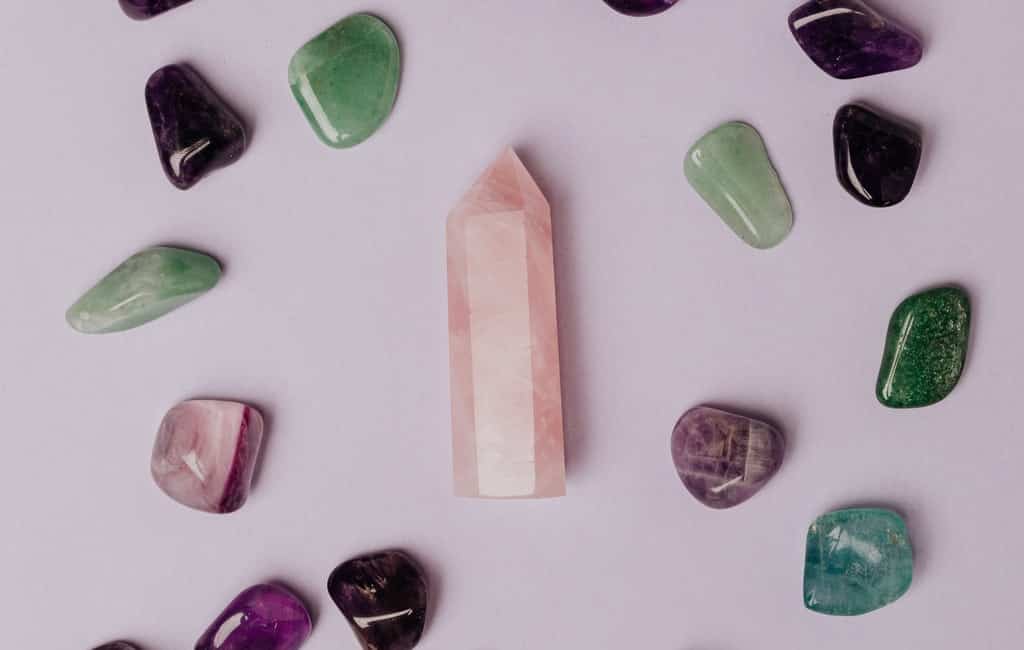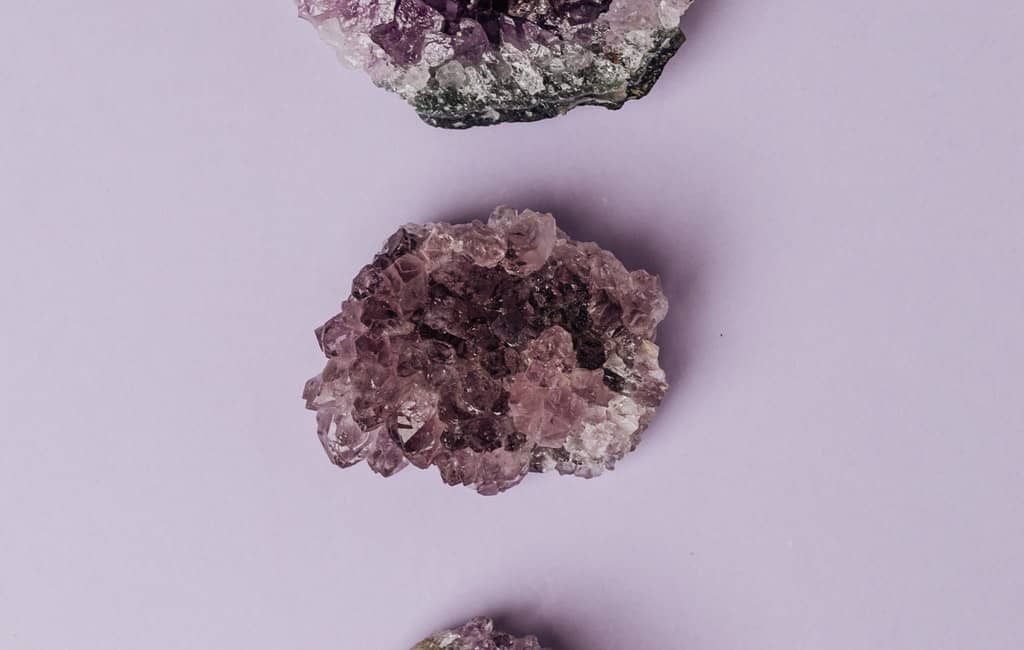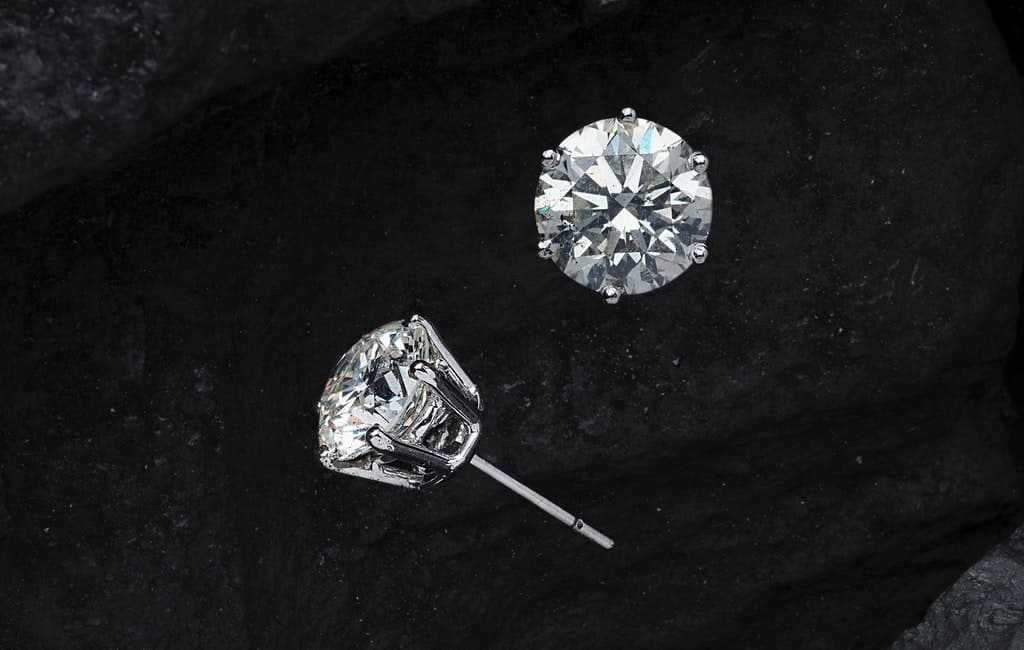Some renowned jewels tend to be followed by stories of ruin and death. There are tales of terrible fights between ancient warlords, painful deaths for kings and queens, Russian princesses jumping off buildings, and fortunes lost, professions destroyed, businesses bankrupted, and marriages destroyed—all because of shining stones.
While some gemstones indeed appear to be linked to bad luck, several of the ominous tales surrounding well-known stones have either been completely made up or heavily embellished. But these tales never cease to enthrall. The unknown and frequently dubious origins of these stones, in addition to their immense size and splendor, are what, according to jeweler Karen Bachmann, a professor of art & design at the Pratt Institute, make them so appealing to us.
She observes that anecdotes around smaller stones are typically not as common as those surrounding these enormous, egg-sized diamonds. If you believe in the concept of a “curse,” or not, many of the stories also make for entertaining stories.
Additionally, some of these stories may contain a lesson. Bachman also mentions the unsettling claim that many of history’s allegedly cursed diamonds were originally taken from a Hindu idol’s eye. The moral of the story might be: Don’t start off by stealing your jewels if you want it to be lucky.

1. Hope Diamond
The most well-known “cursed” gem of them all is the Hope Diamond. Its story is typically claimed to have started with Jean-Baptiste Tavernier, a French merchant who traveled to India and purchased the bright blue stone before 1668. Tavernier survived into his eighties, traversing the world and buying numerous famous diamonds, contrary to the popular rumor that he perished after being torn apart by wild dogs.
Tavernier sold King Louis XIV the “French Blue,” as it became known, and the diamond continued to serve other French kings until the turmoil of the French Revolution. The French crown jewels were looted for a week in September 1792, and the “French Blue” vanished from sight. But a deep blue stone with strikingly comparable features was recorded as being in the property of London diamond dealer Daniel Eliason in 1812.
Strong evidence suggests that the stone was the recut French Blue, which is the identical stone that is currently known as the Hope Diamond, according to the Smithsonian. There is evidence that the stone was purchased by King George IV and then sold to pay off his enormous debts after his death. The stone then appeared in Henry Philip Hope, a banker and gem collector from London, although there was no mention of its provenance in the catalog.
After remaining in the Hope family, the diamond was purchased by Pierre Cartier in 1909 after going through a number of other private owners. The cunning Cartier was aware that there was a little potential market for such an expensive diamond, but he’d had success in the past by selling exorbitantly expensive gems to Washington, D.C. socialite and heiress Evalyn Walsh McLean.
McLean initially refused to purchase the stone because she didn’t like the style of the setting, but after Cartier altered the plan, McLean changed her mind. McLean is reported to have believed that unlucky goods were lucky for her, therefore it is believed that Cartier was the first to capitalize on the idea of the gem’s “curse” as a marketing advantage. McLean was more likely to be intrigued by the narrative than worried.
She probably shouldn’t have been that casual. For a while, everything appeared to be going well; McLean hosted extravagant “Find the Hope” parties during which she hid the jewel throughout the house. The Washington Post, the family newspaper, went bankrupt, her first-born son was killed in a car accident, her husband Ned ran off with another woman, destroyed their fortune, and died in a sanitarium from brain atrophy caused by alcoholism. Her daughter also died from a sleeping pill overdose, according to PBS. The following year, McLean herself passed away, and her jewelry collection was sold to cover her estate’s obligations.
In 1958, Harry Winston purchased the whole McLean jewelry collection and gave it to the Smithsonian. With over 7 million visitors a year, the Hope Diamond is currently the most popular item in the whole Smithsonian collection. The “curse” appears to have ended for the time being.

2. Koh-I-Noor Diamond
Now part of Queen Elizabeth’s crown, the Koh-i-Noor diamond (Persian for “Mountain of Light”) is believed to have been extracted from the Golcondas mine in India [PDF], the original home of many of the world’s most famous gems. For a time, it served as the eye of an idol of a Hindu goddess (or so the story goes) and stayed within various Indian dynasties until coming into the possession of the founder of the Mughal Empire, Babur.
Shah Jahan, the emperor who built the Taj Mahal, incorporated the stone into his Peacock Throne, but his son had him locked up after a coup, he was kept in a fort. The stone was claimed to have started out near to 800 carats, but a poor Venetian gemcutter soon reduced it to 186 carats. Up until 1849, when Queen Victoria became the owner of the stone as a result of a treaty signed as part of the British occupation of the Punjab, it was held by a number of local kings, many of whom met horrible ends.
A iron safe was used to convey the jewel from India to England, but things didn’t go as planned: The diamond reportedly didn’t make it at all because it was left in a waistcoat pocket for six months, a storm raged for 12 hours, and islanders in Mauritius threatened to fire on the ship if it didn’t leave port due to an outbreak of cholera on board (it was only saved because a servant thought it was made of glass). The British royals eventually received it, but they were reportedly not pleased with how it looked.
The diamond is currently on view at the Tower of London. According to a purported Hindu curse, only a woman can wear the diamond without risk, and any man who does “shall know its sorrows.” As a result, the jewel has never been worn by a male heir to the throne. The drama also has a geopolitical component: Indian officials have repeatedly asked for the diamond’s recovery, claiming it was taken unlawfully. The proposal was rejected by British officials, who claimed that its repatriation wouldn’t be “reasonable.”
3. Delhi Purple Sapphire
Photo by Dan Farrell on Unsplash.com
Don’t take the information you read about the Delhi Purple Sapphire at face value. For starters, it’s an amethyst instead of a sapphire, and Edward Heron-Allen, a chemist, writer, polymath, and Persian scholar, appears to have invented the “curse” surrounding it.
The jewel, set in a ring like a snake, was handed to the Natural History Museum in London by Heron-daughter Allen’s in January 1944, claims the museum’s curator. The letter that stated the stone was included with the ring “was taken during the Indian revolt in 1855 [sic] from the wealth of the Temple of the God Indra at Cawnpore, and Colonel W. Ferris of the Bengal Cavalry transported it to this nation. He had bad luck ever since he acquired it.”
The letter claims that after Colonel Ferris went away, the gem was given to his son, who then gave it to Heron-Allen, who gave it to acquaintances who had experienced a “trail of suicides, apparitions, tragedies, and ruined professions,” as the museum puts it. The jewel was eventually placed in seven boxes and given to Heron-bankers Allen’s with the request that it not be displayed until 33 years after his passing.
His daughter gave it to the museum in less than a year, and the organization has so far refused to follow the letter’s advice to “throw it into the sea.” The scientists at the museum believe Heron-Allen most likely made up the legend to give weight to a short story he authored in 1921 called “The Purple Sapphire.”
To support the tale, he might have even had the ring made. The gem is currently on view in the museum’s Vault Collections, where it doesn’t appear to endanger any visitors specifically.
He may have even had the ring created to lend credence to the story. The gem is now on display at the museum’s Vault Collections, where it doesn’t seem to cause any particular harm to visitors.
4. Star of India
Photo by Amanda Vick on Unsplash.com
The Star of India, a 563-carat blue star sapphire, is the largest known gem-quality blue star sapphire in the world, although from some angles it appears more like a marine creature. Small fibers from the mineral rutile that reflect light create the “star” inside the stone and give it a milky look, a phenomenon called asterism.
According to legend, the gem was discovered in Sri Lanka three centuries ago during a mystery mining operation. The American Museum of Natural History’s most infamous incident occurred on the evening of October 29, 1964, when three jewel thieves broke in and stole over $410,000 in jewels (about $3 million today), including the Star of India, from the J.P. Morgan gem hall.
The display case alarm’s batteries had been dead for months; there was no security guard assigned to the space; and the tops of the hall’s windows were open for air. The diamonds weren’t even insured, allegedly due to the high charges. Fortunately, a Miami Trailways bus station locker soon after yielded the majority of the stones, including the Star of India. But since since, rumors about a “curse” involving the Star of India have persisted.
Gems have many colours and meanings. Some represent life, while others represent death. Which do you wear and why?

